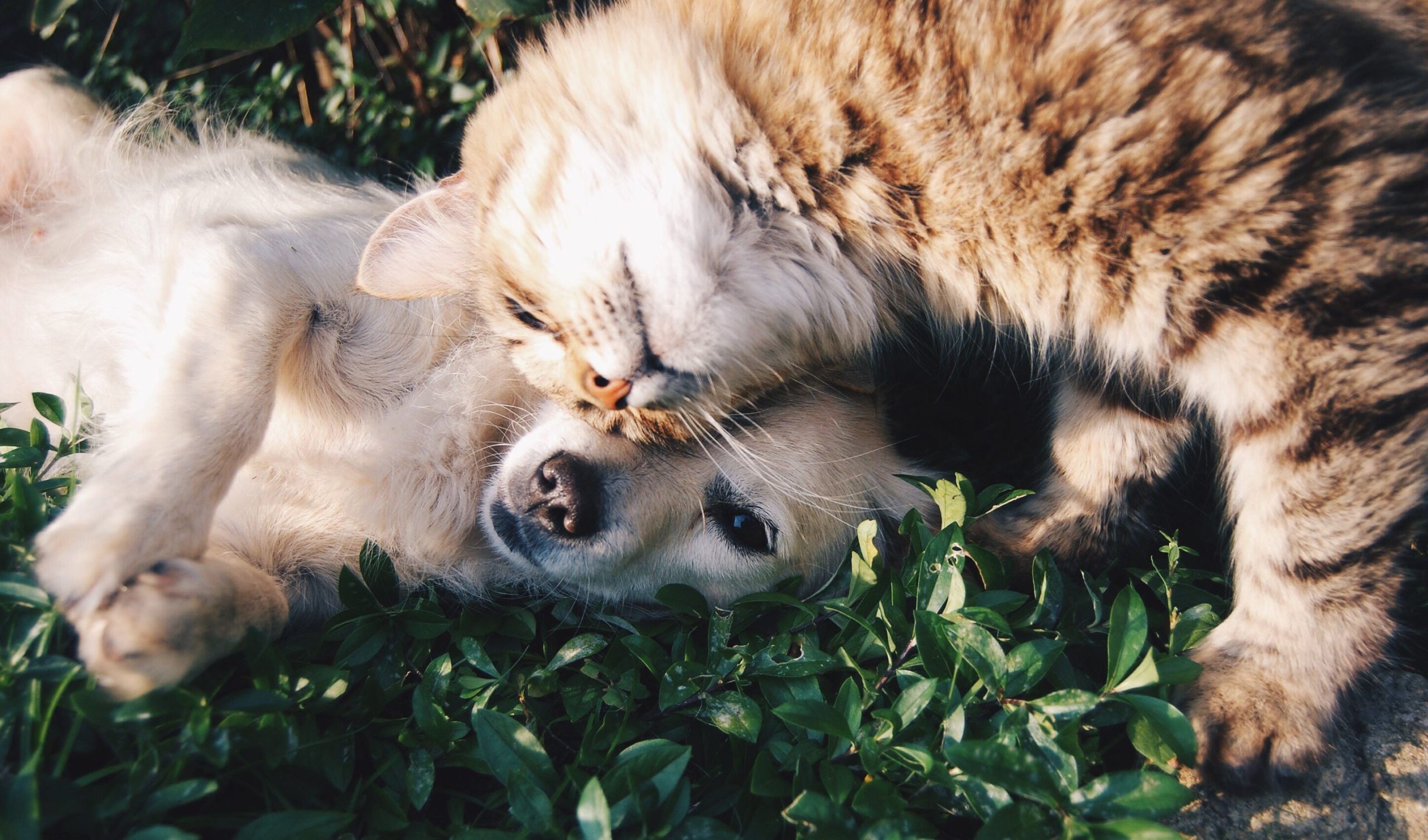Top 3 Tips to Care for Your Pet AND Our Waterways
February 24, 2021

As pet lovers, we all know the joy dogs and cats can bring to their owners. They’re cute, cuddly, loyal, and they love us unconditionally. But…they also poop. While pet waste is one of the many contributors to stormwater pollution in Orange County, the good news is it’s one that each of us can easily help prevent! In honor of February, “the month of love”, here are our top 3 tips for taking care of your pet and our waterways.
Our Pets & Stormwater Pollution: The Not-So-Adorable Link
Yes, our pets are undeniably lovable and cute! But did you know that pet waste and other products like shampoos and flea control sprays pollute our waterways? In fact, one gram of pet waste contains 23 million fecal bacteria, and detergents from shampoos can remove the protective mucous layer on fish and cause them health problems. When caring for your pet, it is important to ensure that these pollutants do not enter the storm drain system.
You may be asking yourself: how do pet waste and care products end up in our storm drain system anyway? Glad you asked! When it rains or we over irrigate our lawns and landscapes, pet waste that is not picked up is washed into the storm drain. Pet care products find their way into storm drains when we wash our furry friends on impervious surfaces like driveways. This is important because here in Orange County, water that enters storm drains is not treated and flows directly to our creeks, rivers, and ocean.
Top 3 Tips to Care for Your Pet AND Our Waterways
Ready to learn how you can help? Without further a-doo, we’re counting down the top three ways to take care of your pet while caring for our waterways.
Tip #3 Be Mindful About Flea Control
Use oral or topical flea control products over shampoos, sprays, or collars. Oral treatments ensure that the medicine won’t wash or brush off and end up in our waterways.
Just like medicine for people, flea control medicine needs to be disposed of properly. If you use flea control products such as shampoos, sprays, or collars, make sure to dispose of any unused products at a Household Hazardous Waste Collection Center. To find a Household Hazardous Waste Collection Center location near you, click here or call (714) 834-6752.
Tip #2 Practice Proper Pet Washing Techniques
Bathe your pets indoors or have them professionally groomed. Both of these methods result in the wash-water going down the sewer drain where it will be treated before it reaches the ocean.
If you do bathe your pet outside, wash them on your lawn or another permeable surface to keep the soapy water from running into the street, gutter, or storm drain. Remember that even biodegradable soaps and shampoos can be harmful to aquatic life and the environment, so be sure to follow the manufacturer’s instructions and properly clean up spills using dry methods.
Tip #1 Pick Up After Your Pets
The most important tip is to properly dispose of your pet’s waste in a covered trash bin. Whether you’re out on a walk or at home in your own yard, pet waste needs to be picked up.
Why pick up after your pets? Well, to be frank, they poop every dog-gone day, and any poop left on lawns, trails, and sidewalks is washed into the storm drain system. From there it flows to our waterways where the harmful bacteria and pathogens it contains become a threat to human health.
Remember – after your pet does their duty, they’re counting on you to do yours! Being a responsible pet owner means picking up after them on walks and in your yard, especially before it rains.
The Final Takeaway?
Although some pets are smart enough to fight crime or do extraordinary tricks, they rely on responsible owners like you to make sure their waste gets cleaned up and disposed of properly. At H2OC, we encourage everyone to have fun with their pets (and be a responsible pet owner!) by taking care of them and the environment. Thank you for reading this blog to better understand how pet waste contaminates our local waterways and what you can do to help!
Like the Information in This Blog?
- Learn more. For more information about how to care for your pet while also caring for our waterways, view our Animal Care page and Tips For Pet Care brochure.
- Stay in the know. Join our newsletter below to be the first to find out about new blogs! You can also subscribe to our email list to get new tips delivered straight to your inbox.
- Spread the word. Share this blog post on social media. Plus, don’t forget to like our Facebook page and follow us on Instagram.